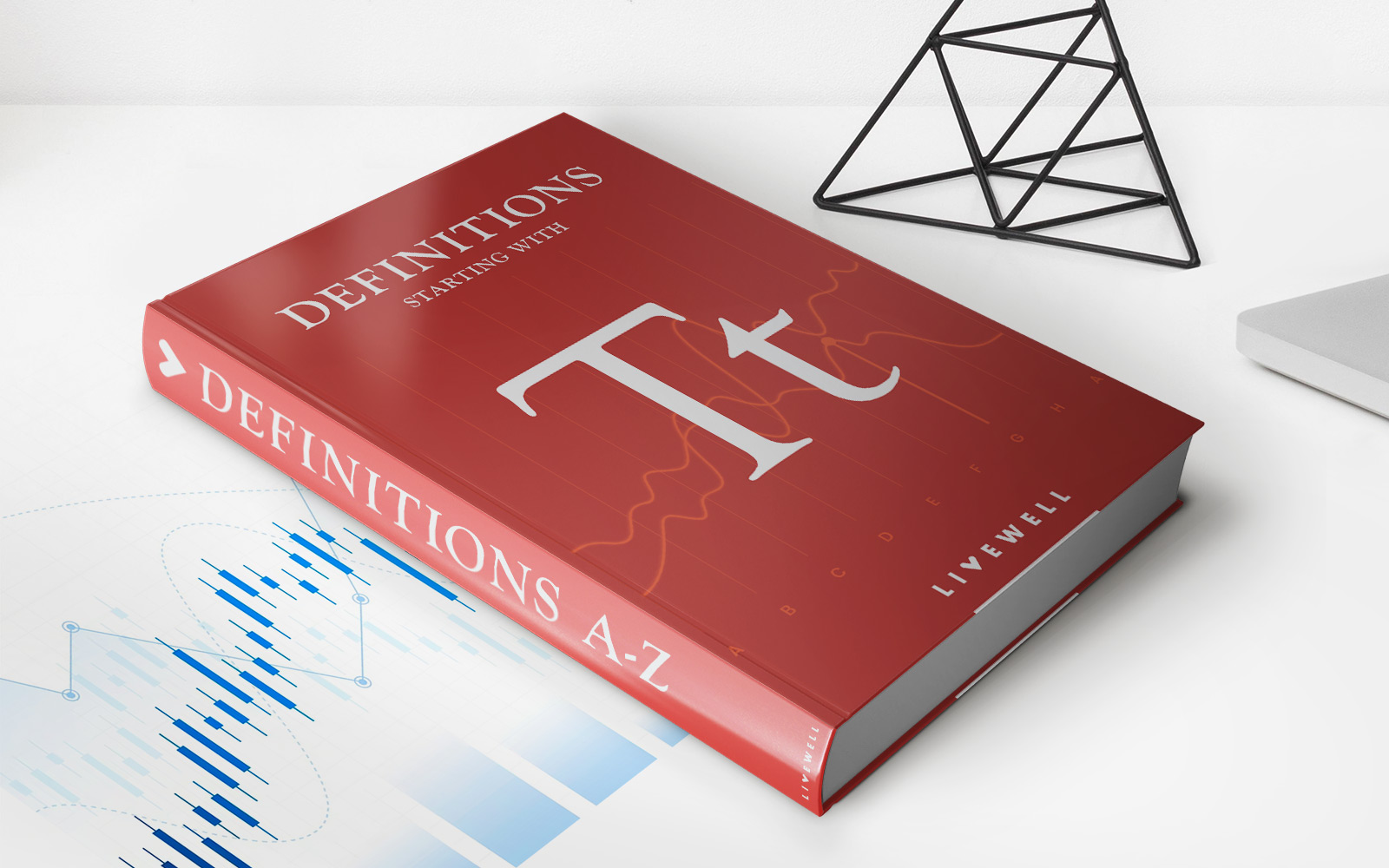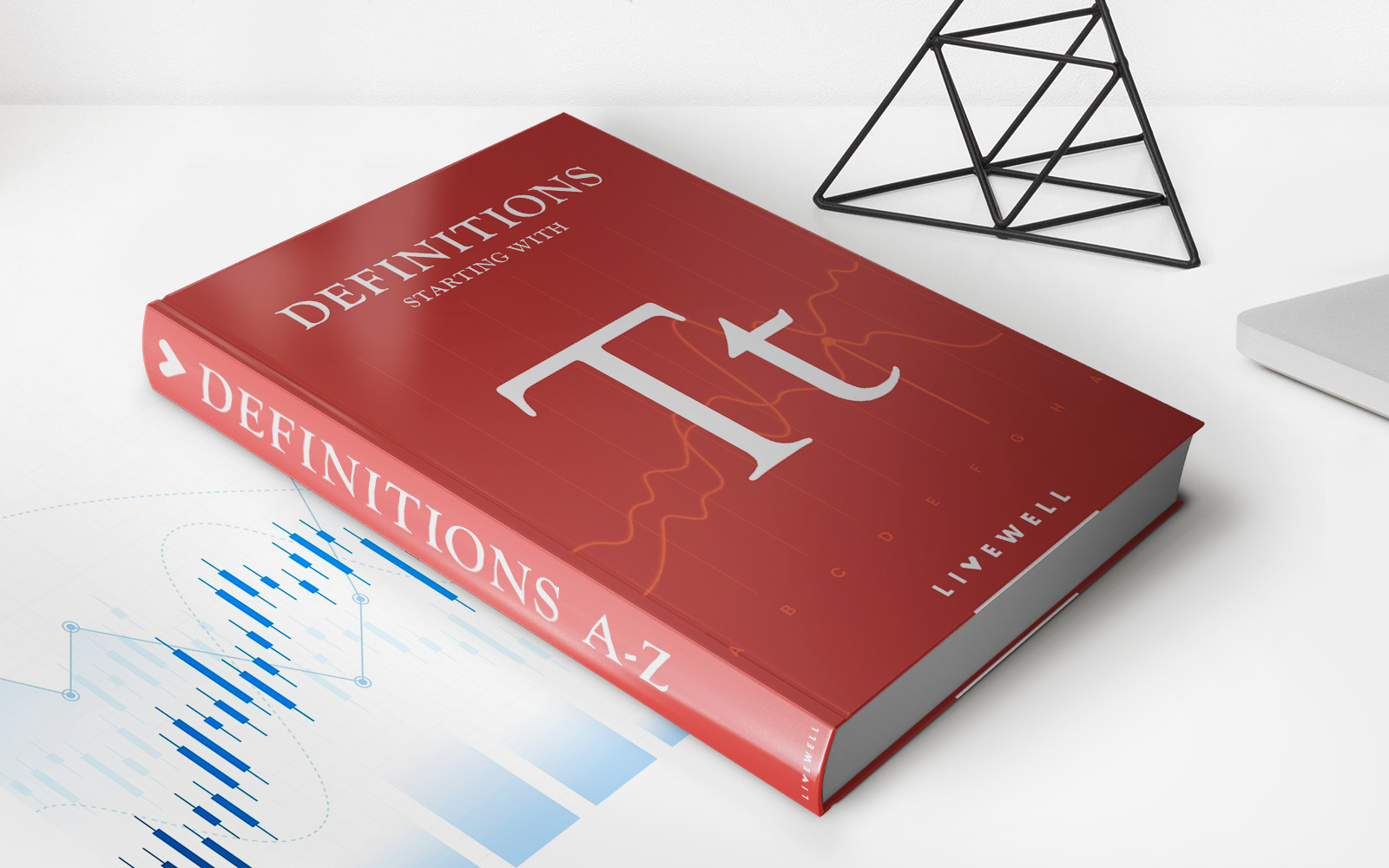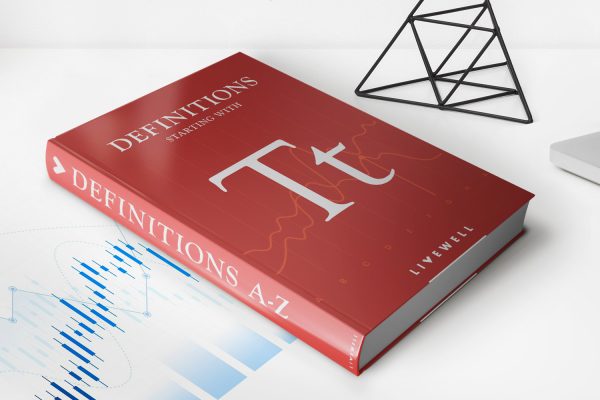

Finance
Erroneous Trade Definition And Examples
Published: November 19, 2023
Learn the true definition of erroneous trades in finance with clear examples. Understand the consequences of these trades and how to avoid them for financial success.
(Many of the links in this article redirect to a specific reviewed product. Your purchase of these products through affiliate links helps to generate commission for LiveWell, at no extra cost. Learn more)
What is an Erroneous Trade?
Erroneous trade refers to a stock or financial trade that is executed incorrectly or contains errors. These errors can occur due to various reasons, including technical glitches, human error, or system malfunctions.
Key Takeaways:
- An erroneous trade is a transaction that is executed incorrectly or contains errors.
- Common causes of erroneous trades include technical glitches, human error, and system malfunctions.
Erroneous trades can have significant repercussions for traders, investors, and financial institutions. They can result in financial losses, reputational damage, and legal consequences. To avoid these errors, it is crucial to have robust risk management systems and processes in place.
Examples of Erroneous Trades
Here are a few examples of erroneous trades to give you a better understanding:
- Flash Crash: One of the most notable examples of an erroneous trade occurred on May 6, 2010, during what is now known as the “Flash Crash.” During this event, the Dow Jones Industrial Average plummeted nearly 1,000 points in a matter of minutes, only to quickly recover. The cause of this flash crash was a series of erroneous trades executed through automated trading algorithms, exacerbated by market volatility.
- Fat Finger Trade: Another common example of an erroneous trade is a “fat finger” trade. Fat finger trades occur when a trader inadvertently enters an incorrect trade size or price due to human error. For example, a trader intending to buy 10,000 shares of a stock for $10 each may accidentally enter a trade for 100,000 shares at $1 each. These errors can lead to substantial financial losses if not caught and corrected in time.
- Price Manipulation: Erroneous trades can also occur as a result of intentional price manipulation. In some cases, traders may execute fraudulent trades to manipulate the price of a stock or manipulate market conditions. This type of erroneous trade is illegal and can result in severe consequences, including fines, legal action, and even imprisonment.
Preventing Erroneous Trades
Preventing erroneous trades is crucial for maintaining market integrity and investor confidence. Here are a few measures that can help prevent erroneous trades:
- Robust Risk Management Systems: Financial institutions and trading platforms should have robust risk management systems in place to identify and flag potential erroneous trades. These systems should include automated checks, real-time monitoring, and alerts for suspicious trading activity.
- Clear Trading Rules and Procedures: Traders and investors should have a clear understanding of the trading rules and procedures to avoid inadvertent errors or confusion. Training programs and education initiatives can help promote awareness and adherence to these rules.
- Regular System Maintenance and Upgrades: Regular maintenance and upgrades of trading systems and infrastructure are essential to ensure their reliability and resilience. This includes stress testing, bug fixes, and implementing security measures to prevent system malfunctions and technical glitches.
By implementing these measures, market participants can minimize the occurrence of erroneous trades and maintain a fair and efficient trading environment.
The Bottom Line
Erroneous trades can have significant implications for traders, investors, and the overall market. They can result in financial losses, reputational damage, and even legal consequences. It is essential for market participants, financial institutions, and regulators to work together to prevent and mitigate the occurrence of erroneous trades through robust risk management systems, clear trading rules, and regular system maintenance.














